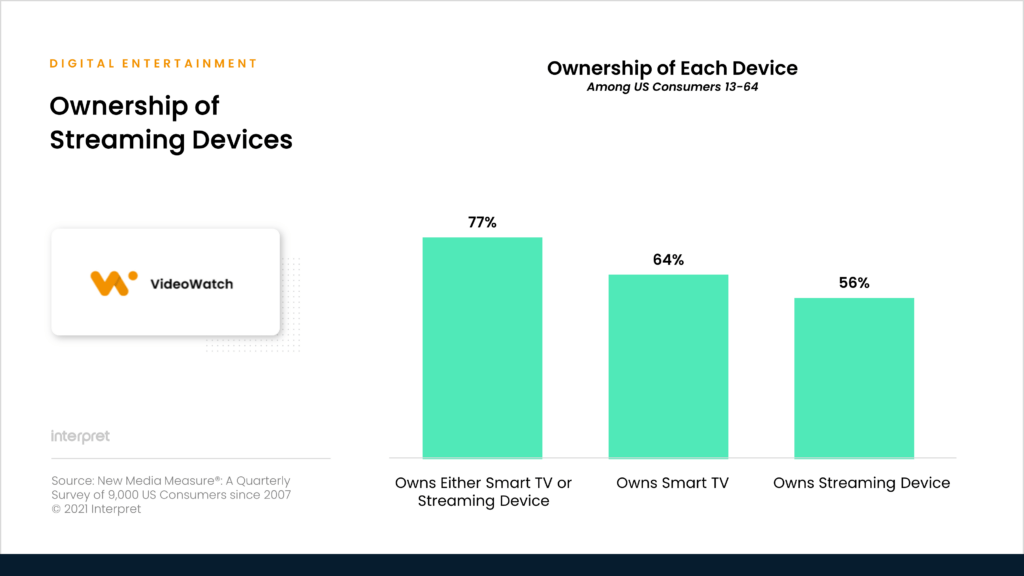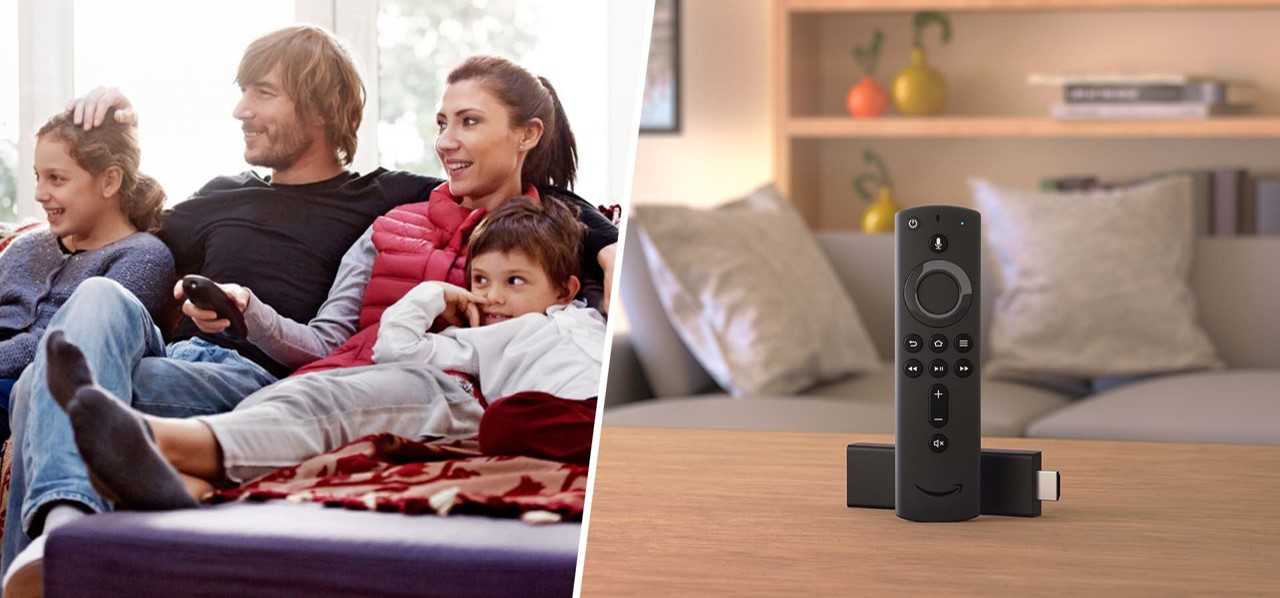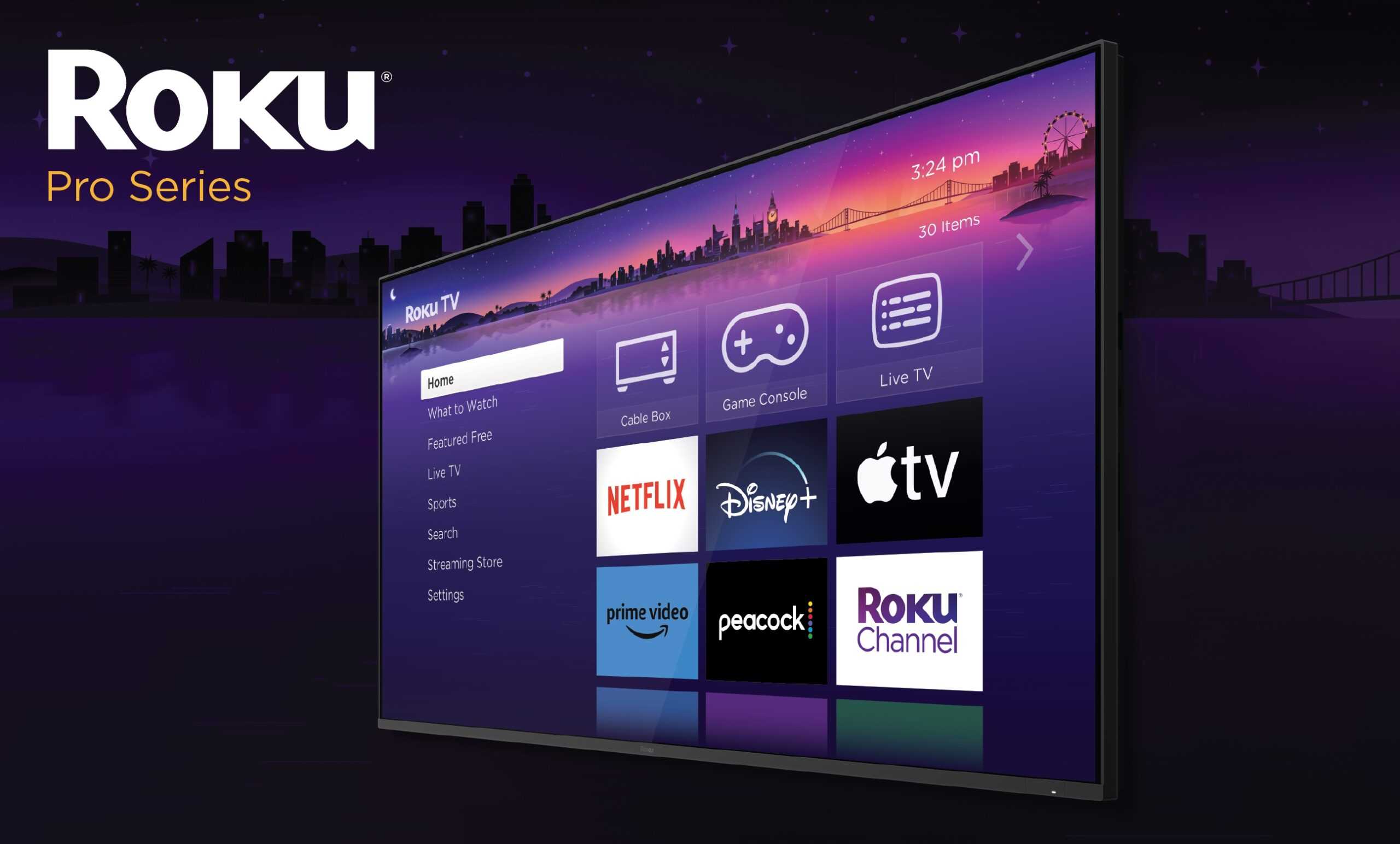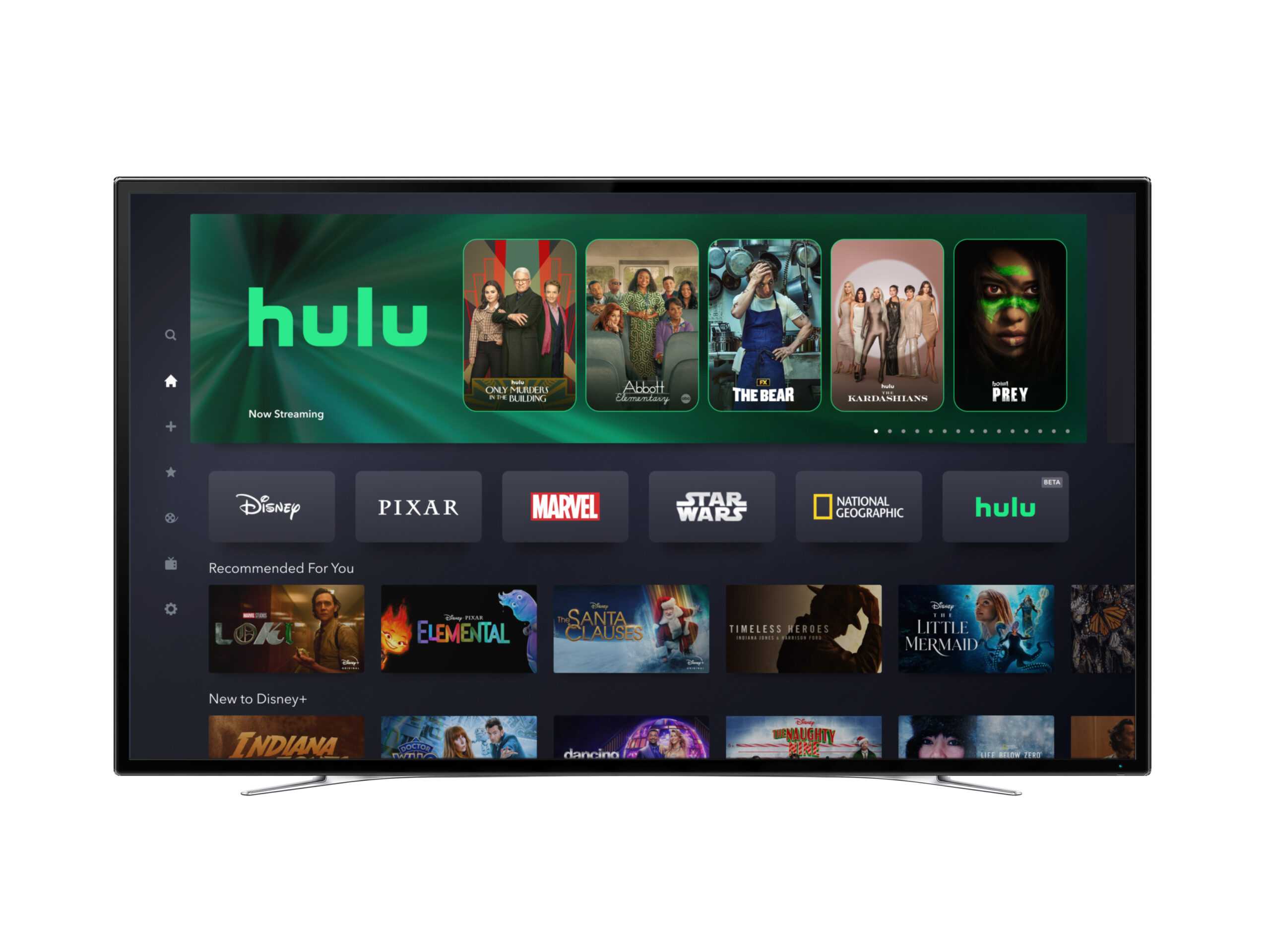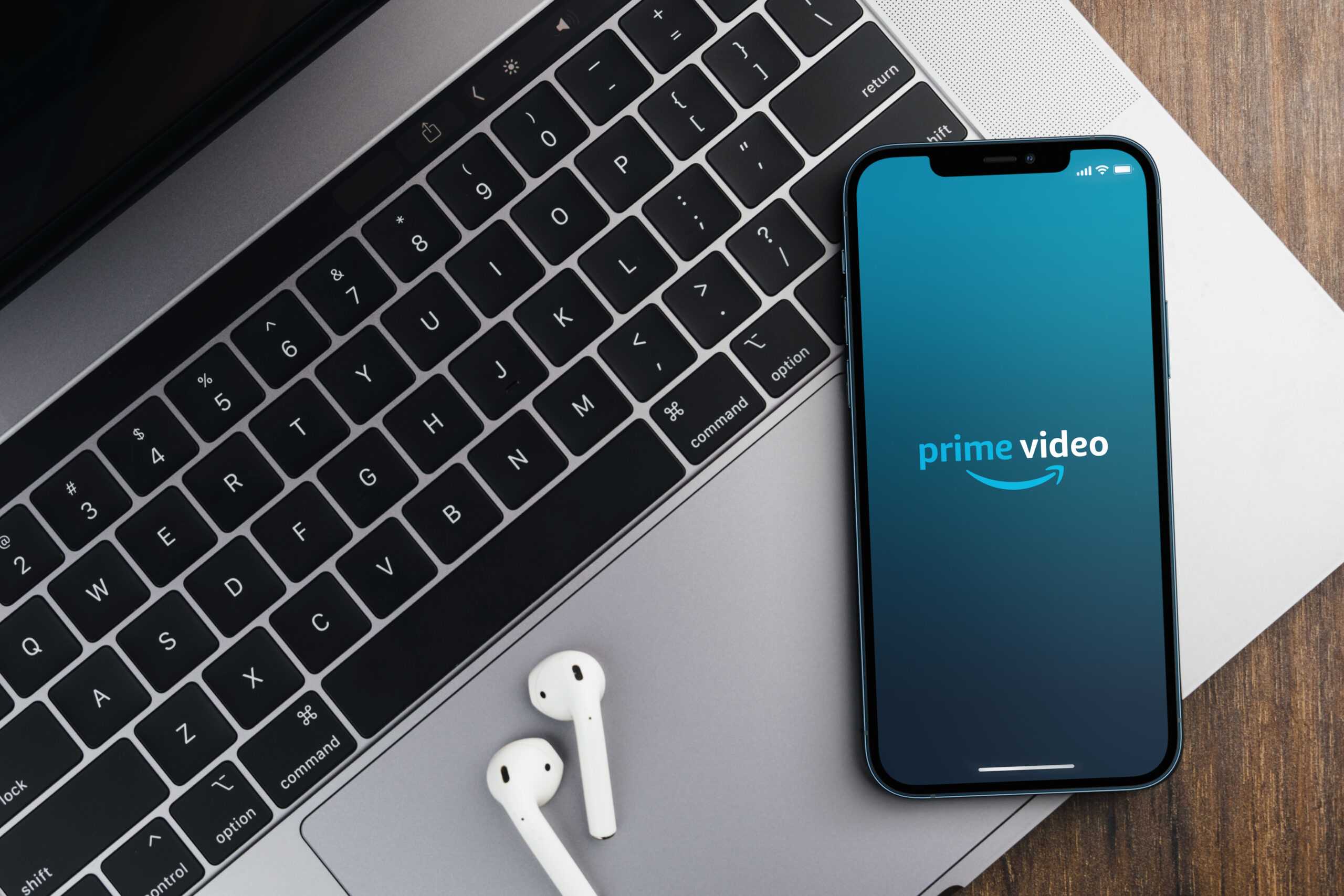As consumers continue to enjoy more streaming entertainment than ever before, the industry’s two leading streaming device makers, Amazon and Roku, have introduced new versions of their market leading streaming sticks. The new Amazon Fire TV Stick 4K Max has more processing power and more RAM, with Amazon claiming that it has 40 percent “more power” than the previous Fire TV Stick 4K. The 4K Max also supports Wi-Fi 6 for faster speeds (for consumers who have a compatible router).
Roku’s all-new Streaming Stick 4K and Streaming Stick 4K+ (which bundles in a Roku Voice Remote Pro) offer a reported 30 percent increase in processing speed and Wi-Fi speed that’s two times quicker.
Pricing for both devices is fairly comparable. The Fire TV Stick 4K Max retails for $54.99, just $5 more than the previous version. The Roku Streaming Stick 4K costs $49.99, while the 4K+ bundle version is an additional $20 at $69.99.
The streaming battle between these giants isn’t limited to streaming sticks, however. With Roku’s sleek operating system powering numerous smart TVs on the market, including those from TCL and Hisense, Amazon decided to get into the TV space directly with two new lines of smart TVs, the 4-Series and Omni Series. Amazon has priced the new TVs aggressively, ranging from $370 for a 43-inch model to just $1100 for a $75-inch model.
Amazon’s new TVs and streaming sticks are designed to leverage voice controls through Alexa. Consumers who are already entrenched in the Amazon ecosystem may prefer that integration, although some critics give the nod to Roku for its well-designed menus and search features. Both Amazon and Roku have been neck-and-neck in the market for some time now, as Amazon crossed 50 million Fire TV users to start 2021, and Roku recently announced that it passed 55 million active accounts.
According to Interpret’s VideoWatch™, the streaming device and smart TV market represents a massive opportunity for companies like Amazon, Roku, and other competitors, as 77% of US consumers own either a smart TV or streaming device. More specifically, 64% of consumers currently own a smart TV and 56% own a streaming device.
